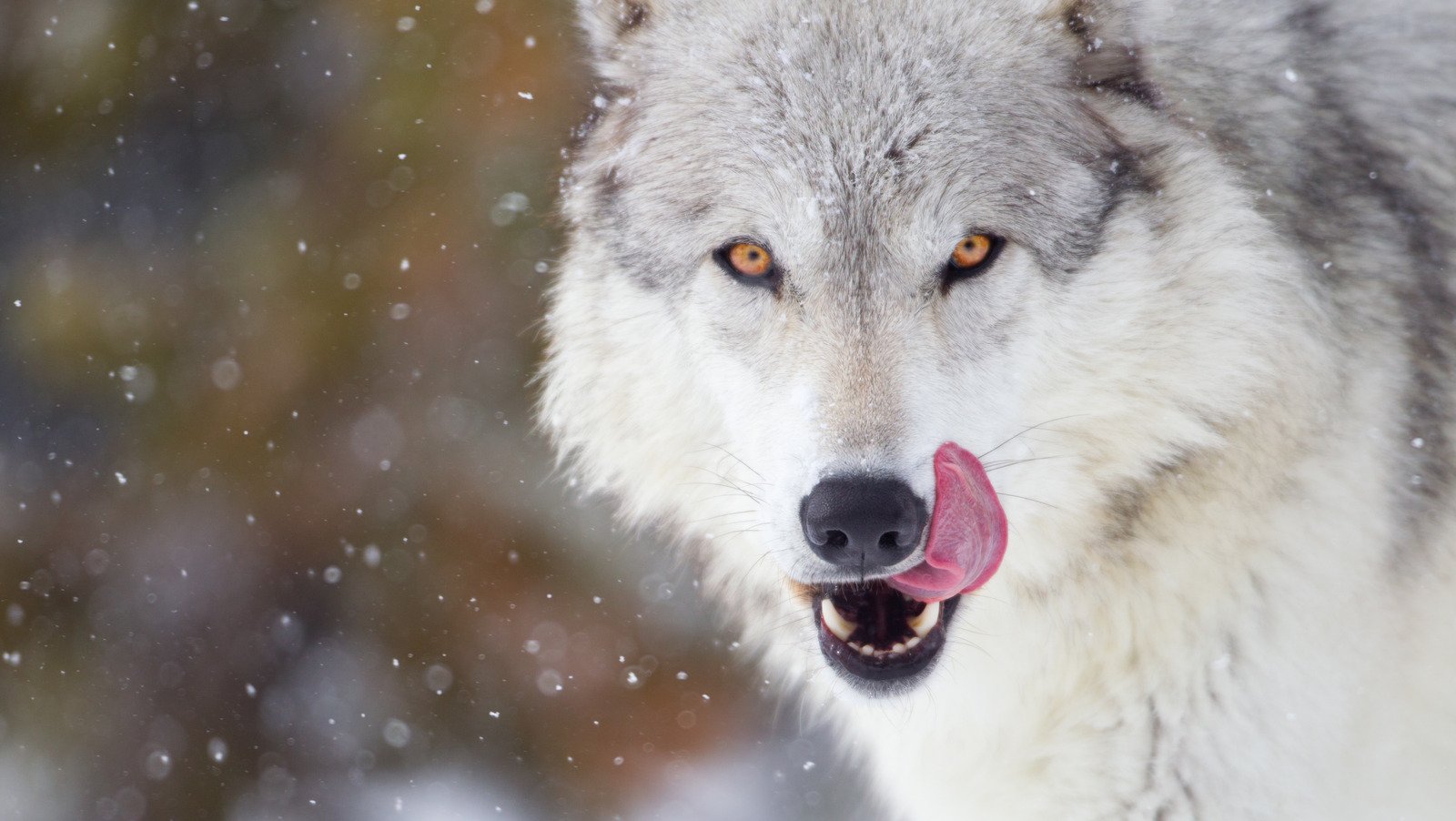What to Do If You Encounter a Wolf in Your Yard
Finding a wolf in your yard can be a nerve-wracking experience, but knowing how to respond can make all the difference. North America is home to several wolf species, including the gray wolf and the red wolf. As their populations rebound after historical declines, we see an increase in human-wolf interactions. If you spot one of these magnificent creatures close to home, here’s how to react and tips to keep your property wolf-free.
Understanding Wolf Behavior
Wolves are naturally wary of humans. Unlike the fearsome wolves of folklore, real wolves prefer to avoid conflict. Typically, they are more interested in hunting smaller prey. However, curiosity might lead them into your backyard. It’s essential to remain calm and composed in this situation. Your response not only affects your safety but can also impact the wolf’s behavior.
How to React When Face-to-Face with a Wolf
If you suddenly find yourself staring at a wolf, follow these essential steps:
- Stand Your Ground: Do not run. Quick movements can trigger the wolf’s instinct to chase. Instead, position yourself firmly and avoid sudden gestures.
- Make Yourself Appear Larger: Raise your arms or open your jacket wide to seem bigger. It’s about making an impression that you’re not prey.
- Be Noisy: Yell loudly, clap your hands, or make other disruptive sounds. This can startle the wolf and encourage it to leave.
- Slowly Back Away: Maintain eye contact, and back away gradually towards a secure location, such as your house or car. Avoid turning your back on the wolf.
- Protect Pets and Children: If you have small children or pets nearby, gather them close while maintaining a safe distance from the wolf.
If you’re already indoors, stay there. Wait for the wolf to leave, and only then retrieve your pets. If the wolf doesn’t leave after a while, it may be wise to contact animal control for assistance.
Tips for Keeping Wolves Away from Your Yard
Preventive measures are vital if you live in areas frequented by wolves. Here are some practical tips:
- Secure Food Sources: Avoid leaving pet food outside, and ensure that trash bins are tightly closed. Leftover food and compost piles can attract wolves and their prey.
- Manage Wildlife: Create barriers to discourage small animals from entering your yard. Wolves are drawn to easy meals, so limit attractants like accessible garden vegetables.
- Trim Vegetation: Overgrown areas can provide cover for wolves. Regularly clear brush and tall grass to eliminate hiding spots.
- Install Proper Fencing: While fences deter many animals, for wolves, they must be substantial. A fence should be at least six feet tall and buried about a foot underground to prevent burrowing.
- Use Lights: Motion-activated lights can be effective in keeping wolves away at night. Bright lights can discourage them from approaching your home.
When to Seek Help
While most wolf encounters are harmless and resolve quickly, you should know when to get assistance. If a wolf appears frequently in your yard or seems particularly aggressive, it’s time to involve wildlife authorities. They can offer advice regarding the situation and help ensure your family’s safety.
Appreciate the Wild Side
While encountering a wolf in your yard may be unsettling, it’s also a remarkable event. Wolves play a crucial role in our ecosystems by helping control populations of other wildlife. Understanding and respecting their behavior enhances your experience of living in harmony with nature. By adopting preventive measures and knowing how to respond, you can continue to enjoy the beauty of your surroundings while staying safe.
Keep enjoying your natural world, and stay aware; nature’s wonders can surprise you at any moment!




